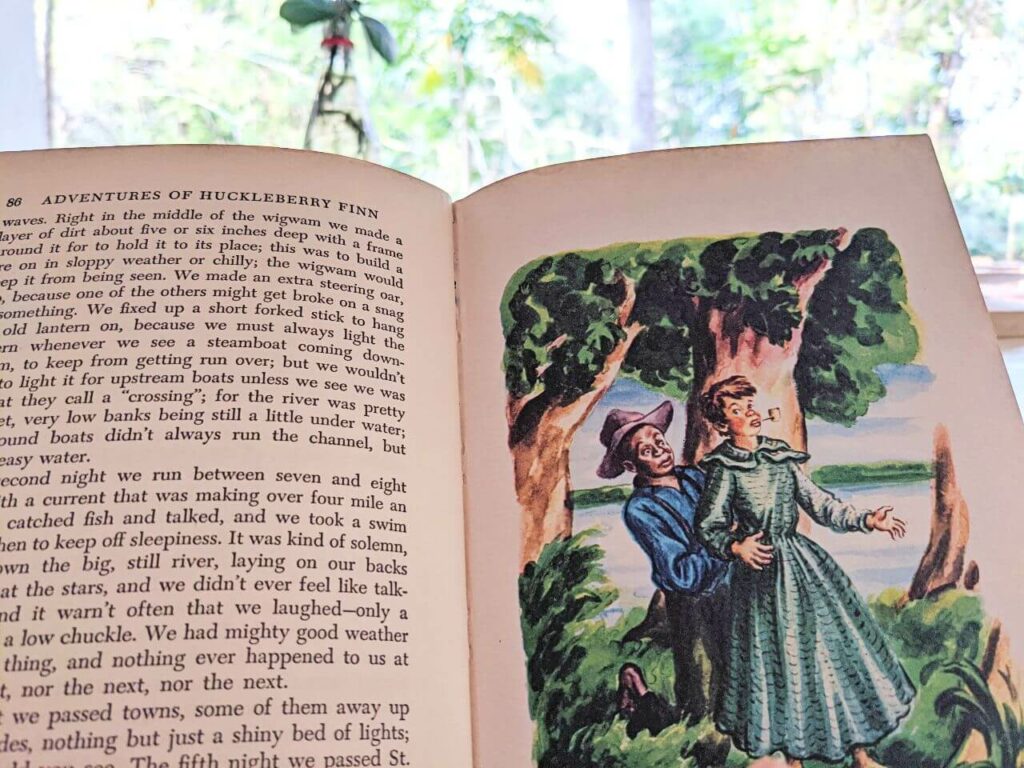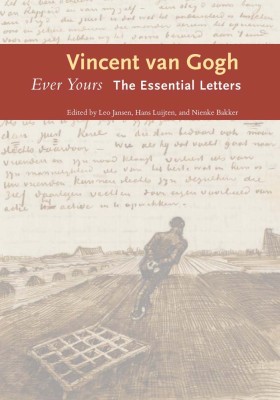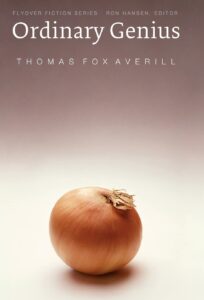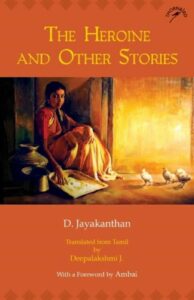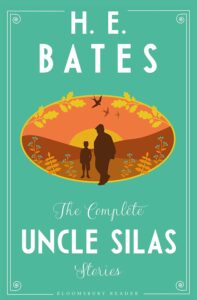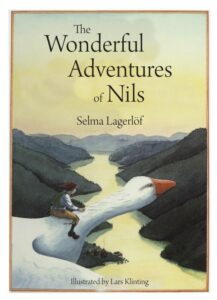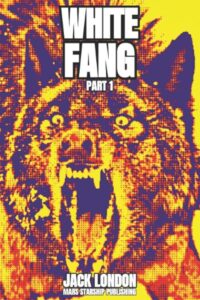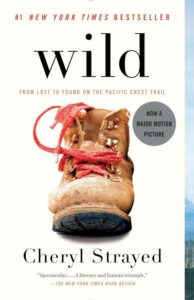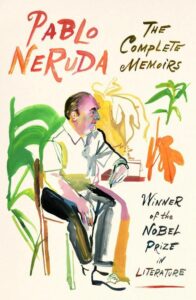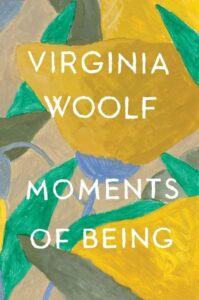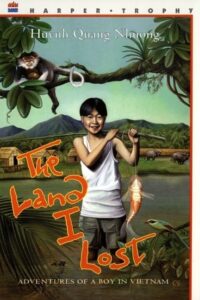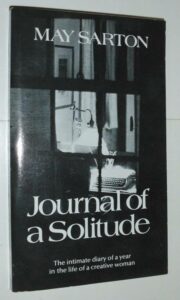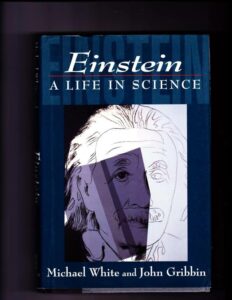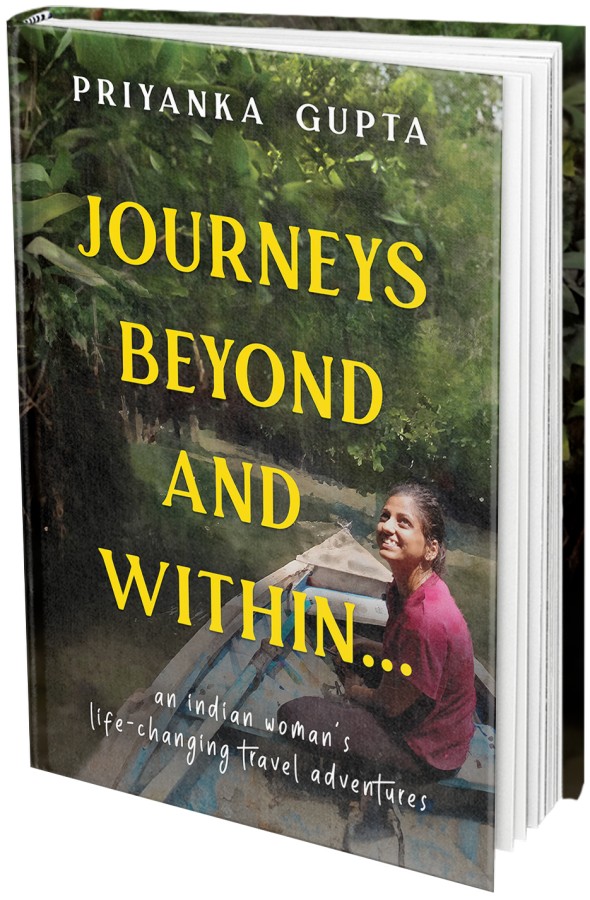This year I read about forty books only (apart from children’s books, online journals, and print magazines). As I don’t bother to finish the books I don’t like, most of those forty were strong books. I am sharing here the ones that suffused me with courage and child-like wonder, showed me the beauty and the ordinary genius of everyday life, reaffirmed that we are shadows of our childhood, and equipped me with tools to understand life better.
Without these books I wouldn’t have been who I am today, I wouldn’t have known that ecstatic state of being out of this world that they rollerbladed me into, and my journey as a writer would have stagnated. (My all-time life-changing books are in the link.)
As a runnel of rainwater runs to meet the brook, writers run towards this common wellspring of inspiration, which is nothing else but the river of all great writing ever written. Like a thirsty tiger, we kneel, bend our knees, and drink from it every so often. Here, very humbly, I offer you some drops from that wellspring so not only you could make more sense of everything around you, but also see the beauty in all this.
Shall we?
Books I Loved Most in 2022
- Ever Yours: The Essential Letters by Vincent van Gogh
I will not let myself be put off even by my mistakes.
Vincent Van Gogh
Vincent van Gogh wrote some 800 letters to his brother Theo, his family, and his friends. Out of all, 265 most poignant and enlightening letters have been put in the book Ever Yours.
Once I picked up Ever Yours, I wanted the moment to freeze, the day to not set, and that feeling to not pass.
The courage needed to pursue any art, the relentless work, the process of learning by doing, cutting, and redoing, rejection, the doubt every artist buries himself in, and how society shuns anyone who sets out on her own, amongst other hardships on a creator’s path, are the themes of the letters. Despite the financial difficulties, so much so that Vincent informed his brother of every little expense and asked for more money telling him exactly how he would spend it, not even once did he say I can’t do it. His journey must have been tougher than that of a barefoot man who is given a boulder to roll up a mountain, but his belief in self and doing was invincible.
“What is more artistic, doing it or not doing it?” Vincent van Gogh asked. ( This essay inspired by one of Vincent’s letters explores more on the art of doing.)
For much of his life, Van Gogh suffered extreme mental uneasiness. But he pushed himself into such a relentless drive to work that in most letters he explained the progress of his pieces in detail, how much he still lacked and needed to learn, and drew miniature sketches of the things he had drawn that day for his brother to see. Some might say he was a born genius, maybe he was, but what I took away from Vincent’s letters was that he drew, sketched, and painted every day scheduling his whole life around his art.
“Everything could be done if we did the work and developed a life around the principles.” — Van Gogh
If not for the constellation of life’s truest principles that this book dazzles with, I would pick it up again and again because it establishes the importance of working.
“Work as a way to ward off evil — When one labours at difficult work and strives for good results, one fights the good fight, the reward of which, surely, is already this: that one is preserved from much that is evil.” Van Gogh said.
And then one is never lonely,
“How much there is in art that is beautiful, if only one can remember what one has seen, one is never empty or truly lonely, and never alone.”
Neither afraid,
“A book by Bunyan tells of a traveller who sees a lion lying at the side of the road he must traverse—and yet he continues on his way—there is nothing else he may or can do—and when he arrives at the place he notices that the lion is chained up and is only there to test the travellers’ courage. Thus it is in life more than once. There is much in store for us.”
Nor in rush,
“You can see, then, that I’m working like mad, but for the moment it isn’t giving very heartening results. But I have hopes that these thorns will bear white flowers in their time, and that this apparently sterile struggle is nothing other than a labour of giving birth. First pain, then joy afterwards.”
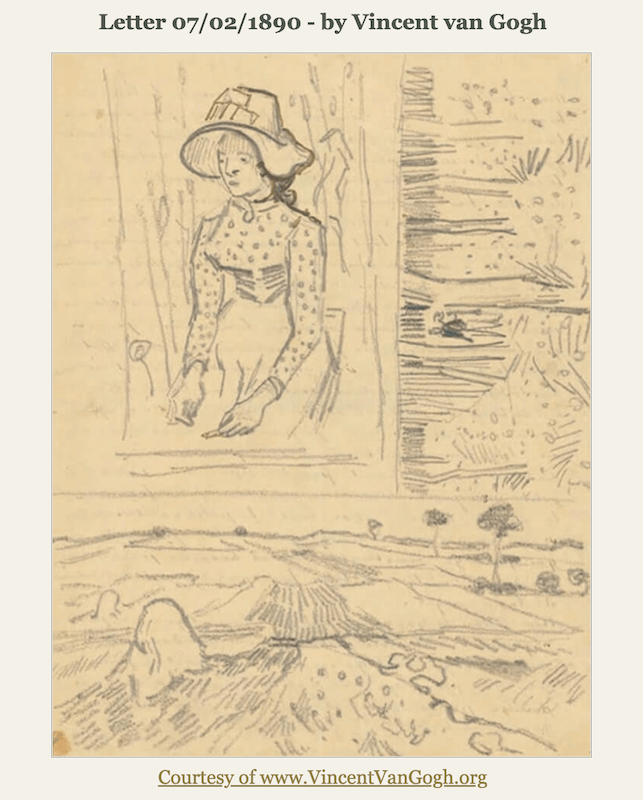
One of the last letters Vincent wrote before committing suicide. In this letter he asked Theo to forgive him if his illness returned. “I still love art and life very much, but as to ever having a wife of my own I don’t believe in it very strongly. I fear, rather, that towards let’s say the age of forty – but let’s not say anything – I declare that I know nothing, absolutely nothing, of what turn it may yet take.”
Click the image to buy on Amazon
I want to read this book over and over again. Based in Midwestern Kansas, the short stories narrate everyday human life and show the ordinary genius in the act of living. I don’t want to say much about this book beyond that beauty, magic, and extraordinary are right in front of us all the time.
Click the image to buy on Amazon
- The Heroine and Other Stories by D. Jayakanthan and Deepalakshmi J. (author’s daughter who translated the book from Tamil into English)
This collection of short stories by the veteran Tamil writer D.Jayakanthan shows that humans are capable of so much more kindness than can be seen on the surface, and it comes across when you least expect it. When we prepare ourselves for battle against the world, it is then that generosity and love flow to us flooding us and carrying us in their arms. In these stories, it’s not the rich, the loved, or the talented who give away more than they have but the poorest, deprived, and ordinary do.
I recommend this book for hope.
“The concern a man has for another man, and an ability to be moved to make sacrifices at the sight of another person’s misery are the true basis of a society and it is immaterial whether a progressive is a believer or non-believer in god, and whether he participates directly in leftist politics or not.”
D. Jayakanthan
Click the image to buy on Amazon
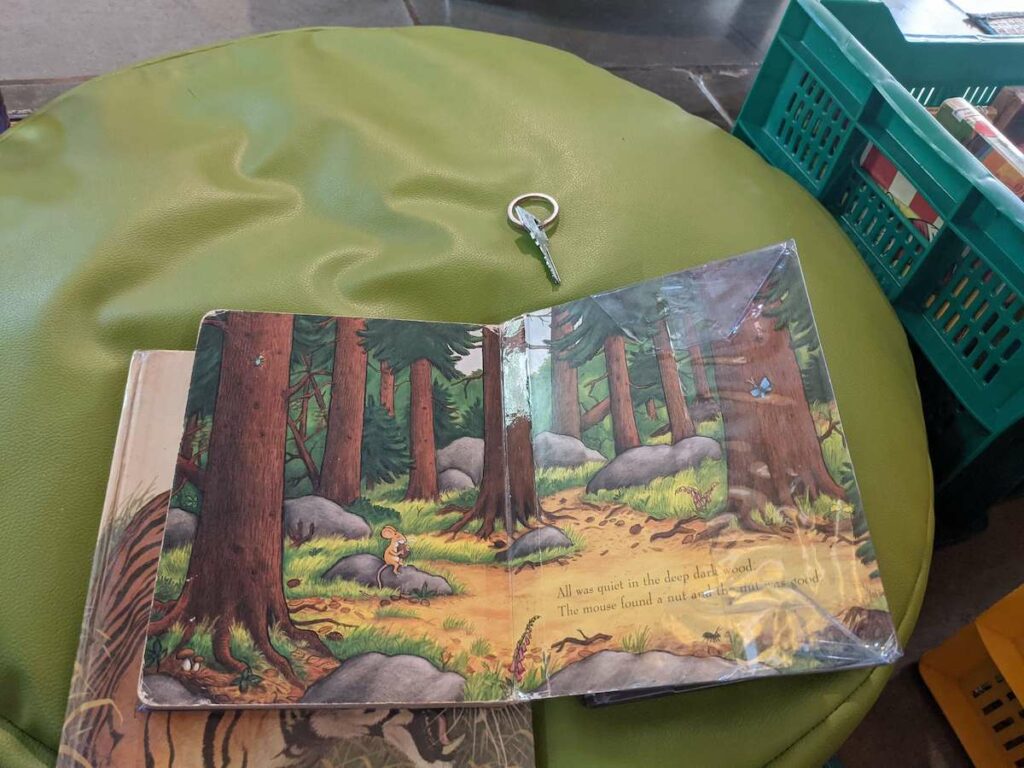
- My Uncle Silas by H.E.Bates (Because My Uncle Silas is out-of-print, of course, like all other timeless books, I have linked to the Amazon Page of the Complete Uncle Silas stories)
I chanced upon a classic version of the book in the local library and borrowed it after reading the first paragraph. It was a rainy night in the forest, and I sat in the porch outside my room and read this book. After a few pages, I had to get up to pour myself a glass of wine because Uncle Silas loves wine. In between listening to the rain and the croaking of the frogs and staring at the owl who had landed right in front of me on a low branch of a tree, I read this book with much joy.
I had to often pause to laugh or cry, hoping that the stories wouldn’t finish. Uncle Silas who soaks in the sweetness of small things, talks through well-meaning banter, and lives by growing his food and making his own wine is a lover of life and could make anyone fall in love with it.
That life is so idyllic, gracious, silly, and filled with things to bring us happiness and love was the feeling I was left with after reading Uncle Silas. I recommend the book to everyone as a gift to themselves.
Two Amazon Reviews are appropriate for the book: A reader Parlau says, “These are wonderful, gentle, and idyllic tales of a roguish old lover of life,” and another anonymous reader comments, “recalls a time when all things took time and were worth it.”
Click the image to buy on Amazon
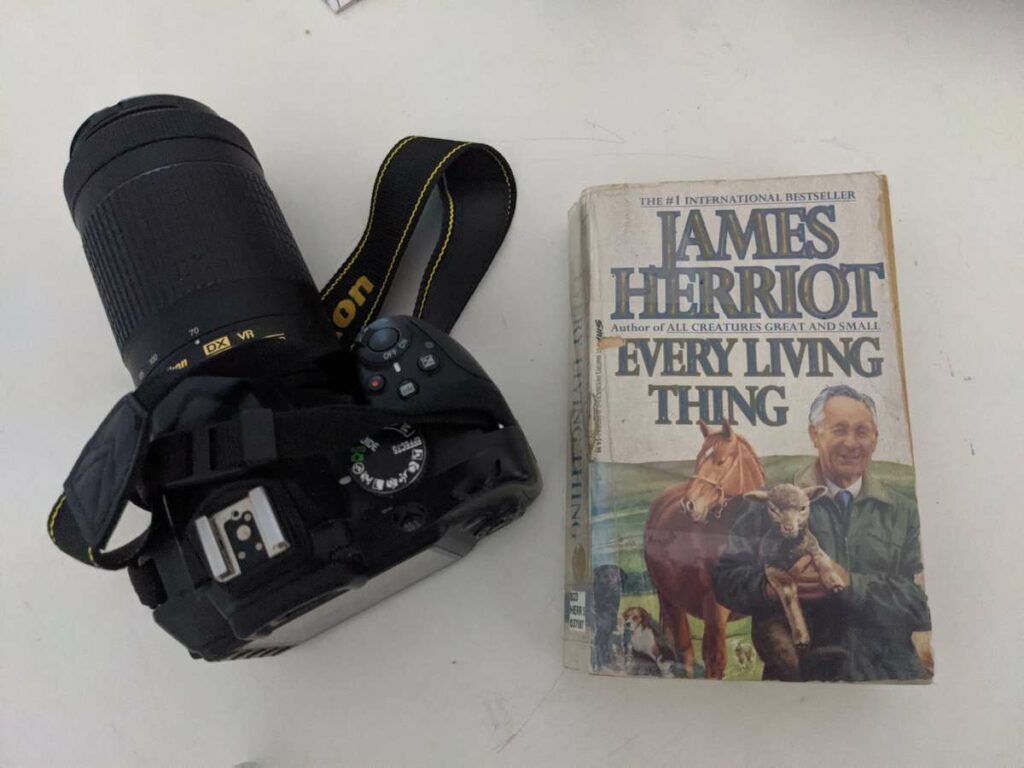
All books of James Herriot, a veterinarian working in rural Yorkshire, fill me with joy and wonder for the natural world. I read two of his books this year.
- The Wonderful Adventures of Nils by Selma Lagerlöf
Another gateway to a magical world — which this book is — I discovered a vintage edition of it in the local library. How much good can libraries and old bookstores do us, I wonder after finding so many authors and delicious books I hadn’t heard of in libraries this year.
The tale is of a naughty child Nils who is reduced to elfin size and then on top of one of the house ganders finds himself in a flock of geese migrating and flying all over the Swedish country. The escapade of the little one and the birds while making a place for themselves socially and striving to survive is much fun to read like we are on the back of the geese right there. Their’ journey mirrors our own constant back and forth with those around us and the daily humdrum to stay safe, but viewed from a slightly different angle.
The Wonderful Adventures of Nils took me into a fairyland and reminded me that books are not only essential for entertainment but for sustaining and staying happy.
Click the image to buy on Amazon
- The Drinking Well by Neil M. Gunn
The Drinking Well is based in the Scottish Highlands. The protagonist grows up in the countryside, goes away to the city because everyone tells him home and the country is a lost cause, and then returns and proves that not only he belongs but everyone needs him. Back from the city, he had to climb precipitous mountains, survive snow storms, and protect his own. And is it not that when we are trying to hold onto something, anything, the universe thrashes us with the hard, cold wind throwing us around, testing us, taking away the ground from under our feet, to see how much we can endure?
Divided into four parts, the book completes a circle of life: one grows up loving a place, relishing it, seeing it could be made better, then leaving to build a life somewhere else, but then arriving back and ending up convincing not just herself but others that when we think all hope is lost there is always a greater scope for change.
For me, Gunn is now next to Proust, Tagore, and Tolstoy — writers who have taught me a lot about human beings and our very life.
“For at the end of the day, what’s all the bother about? Simply about human relations, about how we are to live one with another on the old earth. That’s all, ultimately. To understand one another, and to understand what we can about the earth, and, in the process, gather some peace of mind and, with luck, a little delight.”
Neil M. Gunn
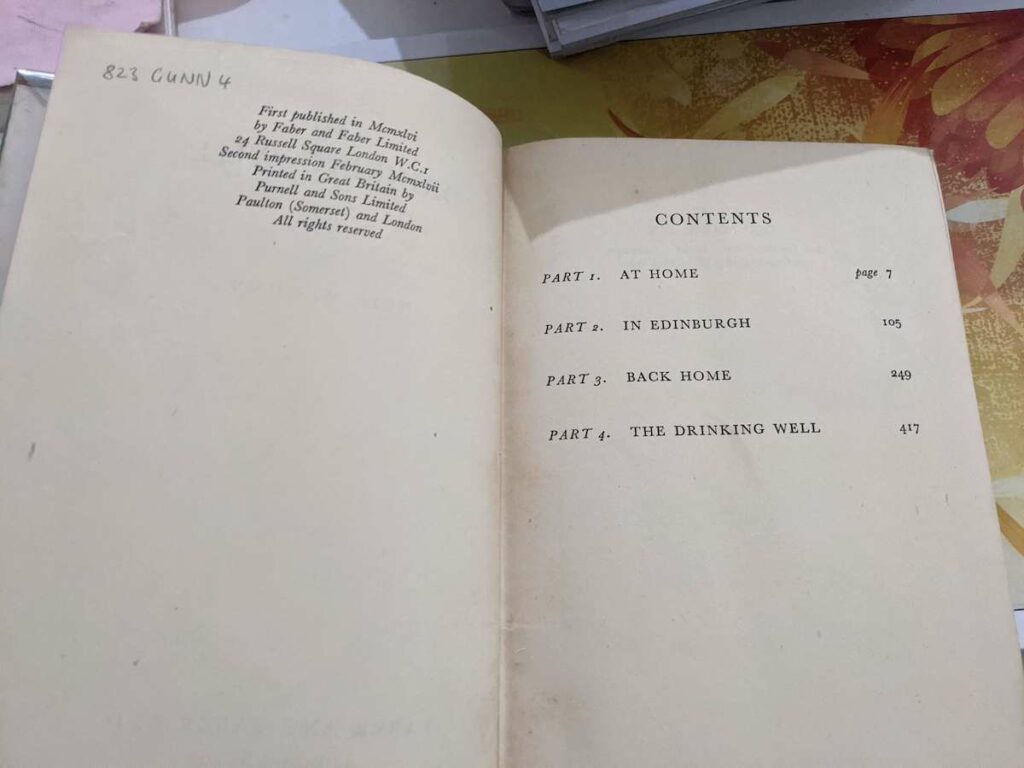
A classic, White Fang changed how I think about dogs and their connection with humans.
White Fang is a story of a ferocious wolf who grows up in the wild but leaves it eventually to live with a man. Through the tale, we see that not only humans but dogs, too (and so many living beings), become untrusting, ruthless, and murderous if society thrashes them with abuse and sticks rather than with love and care. But a gentle heart can turn even the most merciless and untameable into affectionate and loyal again.
The White Fang is not just a thrilling read, it is an exploration into the elemental forces of nature that work ever so relentlessly in the snow-white Arctic, truly the wild wild country. Friendship, kindness, and love bring balance in the end.
Click the image to buy on Amazon
- Wild: From Lost to Found on the Pacific Crest Trail by Cheryl Strayed
Wild is the travelogue of Cheryl who went on an eleven-hundred-mile hike walking for three months through some of the highest peaks of North America.
The travelogue is engaging, honest, and fun. But the story is more about the inner transformation inspired by the outward journey. When we are broken and have lost everything, we might sign up for the most physically-demanding adventure to get away from it all. Suddenly we find ourselves out of our minds into the real physical world that needs our attention right now else we won’t survive. And then the transformation begins without us knowing.
Cheryl was grieving her mother’s death, her divorce, and her own frivolousness that had pushed her down on her knees. When she thought she couldn’t even move an inch, she did something she thought she could never do. Climbing through the rugged mountain paths, skirting rattlesnakes, and running away from harmful men, she pushed, bled, and cried. She did what she had to do and came out on the other side, not healed, but out of the wilderness of grief she had lost herself to.
Read this one to see the transformative powers of nature and what getting out in it can do for us.
“Thank you. Not just for the long walk, but for everything I could feel finally gathered up inside of me, for everything the trail had taught me and everything I couldn’t yet know, though I felt it somehow already contained within me.”
Cheryl Strayed.
Click the image to buy on Amazon
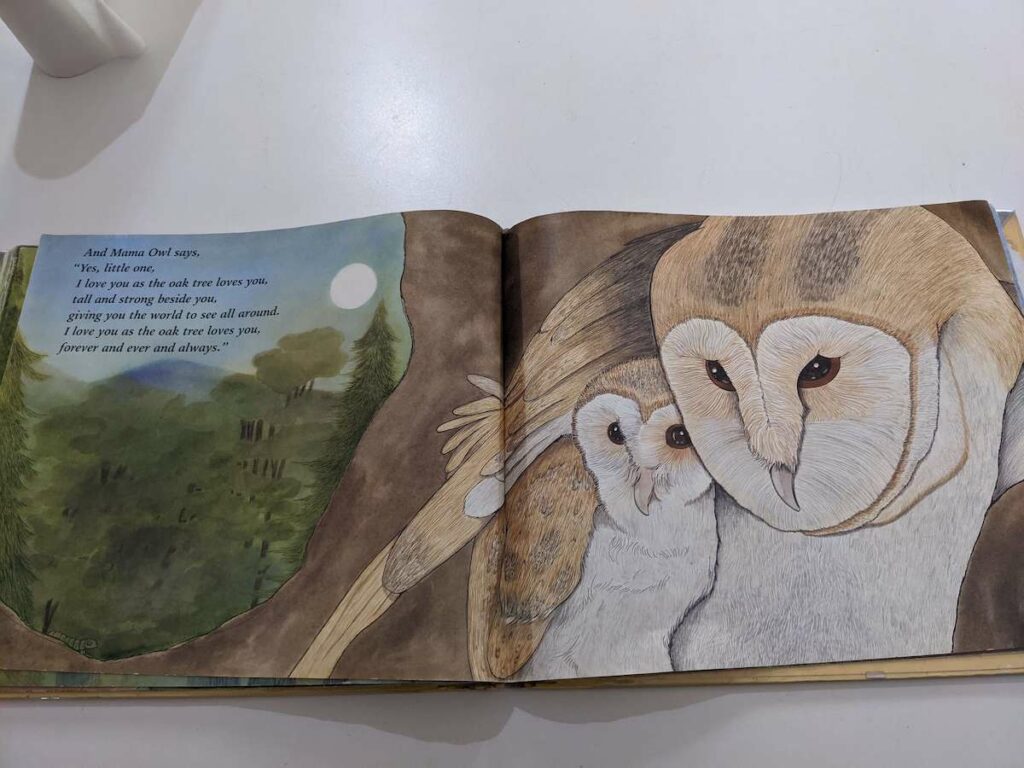
I was lucky enough to find an old hardback out-of-print copy of the Memoirs of Neruda in the library.
The Chilean poet takes us from his childhood into his growing up years, through his love rendezvous, and when and how he started writing poems. We go with Neruda around the world when he traveled as an ambassador of Chile, writing poetry, and sending the message of peace and love in a war-fraught world.
Pablo’s memoirs is my favorite book this year. I am also a bit partial towards Neruda (not that he needs it) as after spending more than six months in Chile I recognize the sea, the country people, and the avocados the poet writes about. Not that anyone has to visit Chile to appreciate his poetry, but, perhaps, to comprehend his love for his country and its forests.
Reading Neruda’s prose which is also poetry, I was happy, alive, and inspired.
Click the image to buy on Amazon
- Moments of Being by Virginia Woolf
Moments of Being is a collection of Woolf’s autobiographical essays. The writings are ever so light on the mind because of the details, depth, and trueness of life they depict. The book, much like A Room of One’s Own, makes for a great read for those interested in going deep.
Click the image to buy on Amazon
- Best of Indian Literature 1957- 2007 Volume 1 Book 1 Edited by Nirmal Kanti Bhattacharjee and A.J. Thomas
This is a collection of undiscoverable and priceless stories, poems, and essays of writers from around India. All writings have been translated into English from Assamese, Bengali, Oria, Hindi, Tamil, Kannada, Urdu, Sindhi, and many other regional languages.
I wouldn’t have found some poems I read in the book anywhere else. Most work of these brave Indian writers who wrote in their mother tongue is buried under English books and curtained by the enchanting visual media and forever trickling feeds.
In just one book I read so many writers from all parts of India it’s almost as if I touched the soil on which they walked, smelled the wind they breasted, and stood under those trees that shaded them. Pick up the book and discover India from as far as sixty years ago for yourself.
Falling Leaf by Ajneya (Translated from Hindi by the poet) From this spreading golden canopy There fell but one solitary leaf But how many times In every shiver Of its insignificant falling Did I not die!
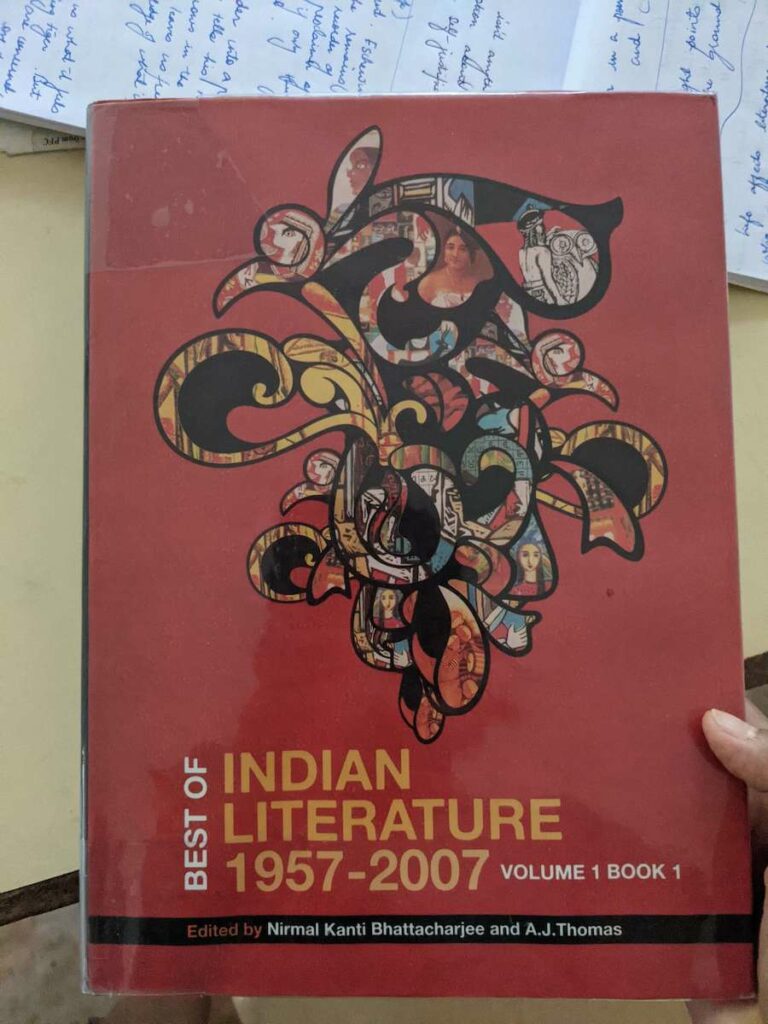
Buy on Amazon: Currently, the book seems to have been removed from Amazon.
- The Land I Lost: Adventures of a boy in Vietnam by Huynh Quang Nhuong
The Land I Lost contains the childhood of Huynh Quang Nhuong who grew up in highland Vietnam next to a jungle. The author left his country in the wake of the war, losing his homeland forever, and the book could be considered his memories, his tribute to his home, or the need to tell the way of life back then — or maybe all of those three.
This book showed me how much of an extension we are of our childhood. It is in our foremost years that we are molded, and we may have increased in height or graduated with multiple degrees but we remain that young one in our childhood home sprawled in the courtyard soaking sun or chasing monkeys. Because irrespective of how far we go, we carry our frame of reference and the view outside our home with us.
Click the image to buy on Amazon
- Journal of a Solitude by May Sarton
This is a one-year journal of the poet May Sarton. She wrote it while living alone in a hillside home in her sixties. Though gardening, cooking, cleaning, shopping, saving the cat food from wild raccoons, and her own writing left her no time, loneliness still kept her company on most days.
In the diary entries, May explores her solitude. She talks about what it means to be with ourselves all the time, seeing oneself at her best but also while crashing down, how life feels like chapters in between overspills of our imperfections, the time we have when we are alone and so much we can do with it, and being happy with what she has but to be able to handle it all better.
As a creator living alone, one is always in her mind, going about seeing the extraordinariness of this world in everything around us and creating her art out of it. That thinking and solitary life give one unimaginable freedom, but the independence means we are responsible for ourselves solely and can’t blame anyone else for our heartaches, failures, or missing cats. Nature would be the only one mothering us throughout if we let it.
The huge responsibility then is to make the best of it all while not letting the nuisances overburden us, and May’s life is a poetry on how to do just that. (Creative practices that help and inspire me.)
“We can do anything, or almost, but how balanced, magnanimous, and modest one has to be to do anything! And also how patient. It is as true in the arts as anywhere else.”
May Sarton
Click the image to buy on Amazon
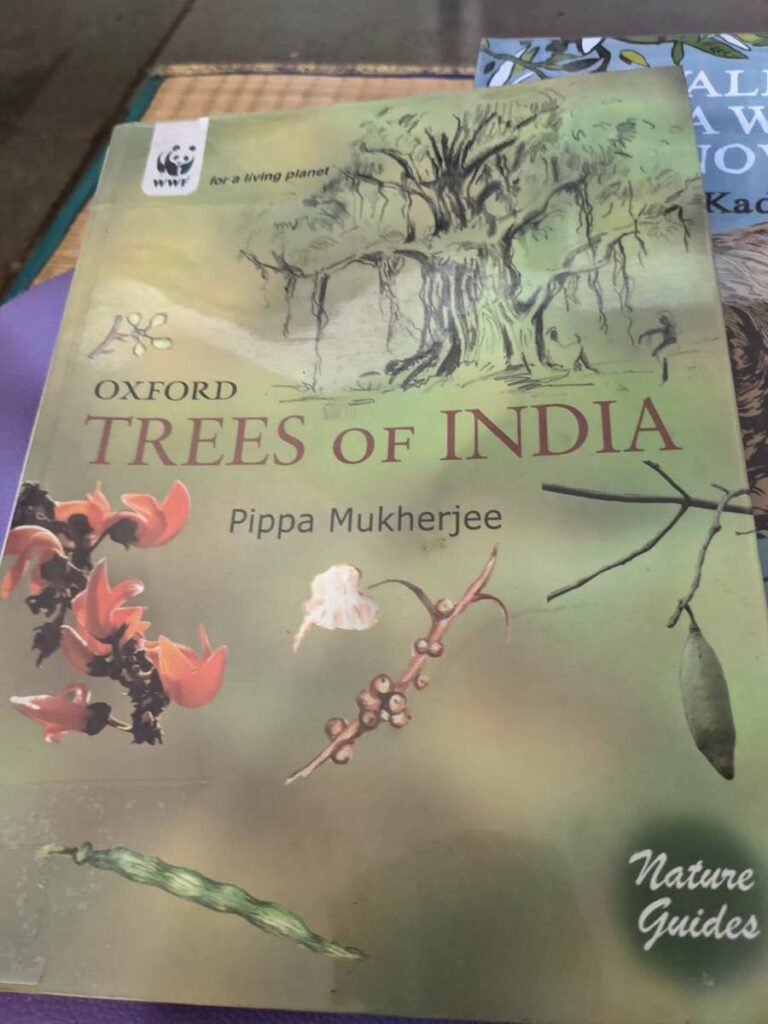
Originally published in 1938, the Button in a Plate is a vintage British murder mystery. I found the book from the library and its brown papers are too quick to come apart. But it is a page-turner and I finished it within a day.
What I so love about the book — in addition to that I could lay hands on an old copy — was that it was so dialogue-dense — unlike much of the modern literary books where the reader has to spend so much time in the characters’ heads. The stories describe the aspirations, fears, and desires of the old and young so clearly, simply, and honestly that this book, for me, is a classic, essential read on humans.
- Rabbit Stew and a Penny or Two by Maggie Smith-Bendell
Maggie was born into a gypsy family living in the US. After marriage, she turned into a house-dweller and now raises the cause of other gypsies.
I loved reading the wild trips of the little girl driving around in her parent’s wagon meeting up and disintegrating from other gypsy families. The places they were moved from, the people they had to leave behind, and the wildflowers they picked on the way together made their life the adventure it was.
I relate much with the book because I know that when we are on the road life becomes unexpected. As someone who doesn’t have a permanent home and withdraws with fear at the aspect of “settling down,” I understood Maggie’s apprehensions when she finally had to live in a house. Though this isn’t a regular travel book (as some would say), I don’t know what else would qualify as a journey. For me Rabbit Stew and a Penny or Two is about family, keeping it together no matter what, heading into the uninhabited, and making our own way to life.
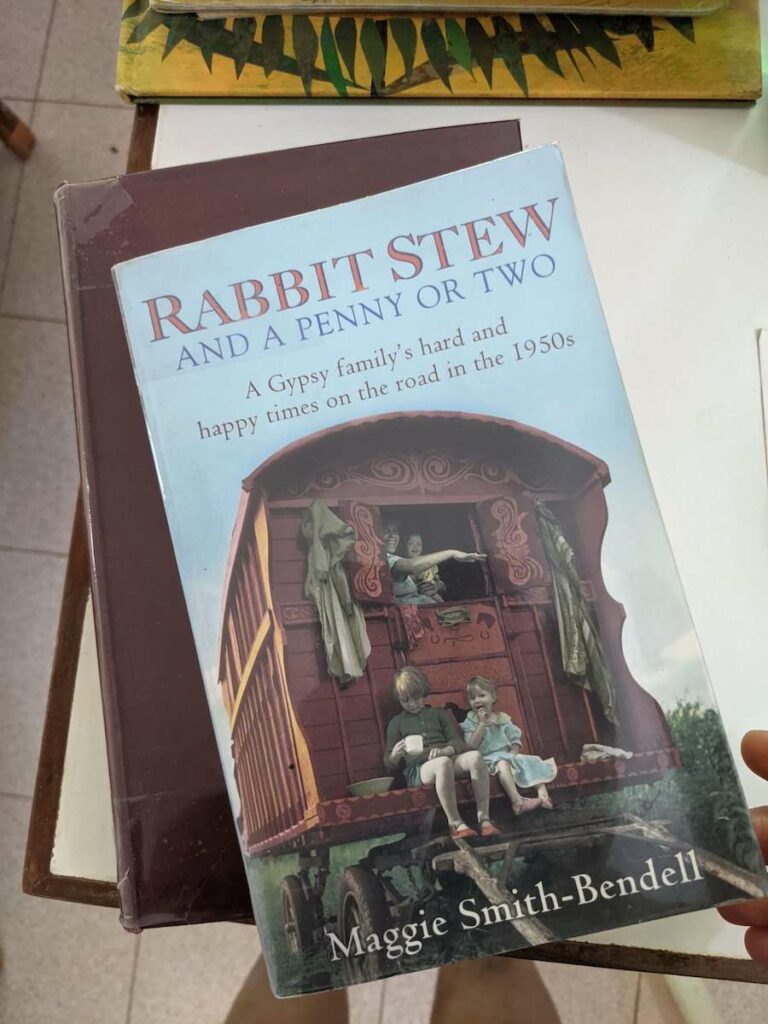
- Einstein: A Life in Science by Michael J. White and John Gribbin
The book has Physics before Einstein, how he dropped out of college, Einstein’s discoveries that changed how we understand the world and their explanations, his personal life, and the ridicule thrown in Einstein’s direction unabashedly. The concepts of how light travels, what happens when electromagnetic waves approach a celestial object, and the quantum-wave behavior of particles: all significant Science theories are explained in depth in the book. The authors also talk about Einstein’s opposition to his own quantum theory.
While reading Einstein: A Life in Science, I realized knowing the physical nature of the world is indispensable to understanding not only Einstein’s life but also our own. Einstein’s Credo at the end is unmissable.
“The most beautiful and deepest experience a man can have is the sense of the mysterious. It is the underlying principles of religion as well as all serious endeavour in art and science. He who never had this experience seems to me, if not dead, then at least blind, To sense that behind anything that can be experienced there is something that our mind cannot grasp and whose beauty and sublimity reaches us only indirectly and as a reflection, this is religiousness. In this sense, I am religious. To me it suffices to wonder at these secrets and to attempt humbly to grasp with my mind a mere image of the lofty structure of all that there is.”
Albert Einstein. 14 March 1879 – 18 April 1955
Click the image to buy on Amazon
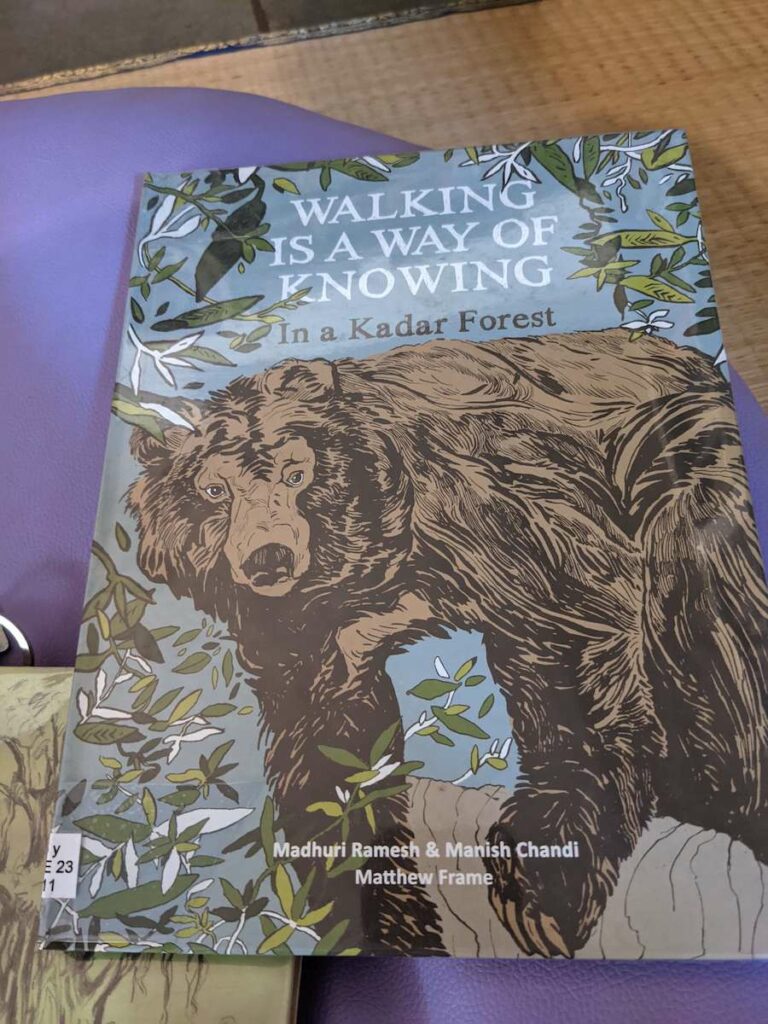
What are some of your favorite books from 2022?
Please note: The Adventures of Huckleberry Finn illustrated and old version is one of my most cherished books, too. It makes me laugh, pushes me to go on adventure, and chirps up the child in me. But I have read the book before and only browsed through the illustrations this year so haven’t counted it as one from 2022.
*****
My much-awaited travel memoir
Journeys Beyond and Within…
is here!
In my usual self-deprecating, vivid narrative style (that you love so much, ahem), I have put out my most unusual and challenging adventures. Embarrassingly honest, witty, and introspective, the book will entertain you if not also inspire you to travel, rediscover home, and leap over the boundaries.
Grab your copy now!
Ebook, paperback, and hardcase available on Amazon worldwide. Make some ice tea and get reading 🙂
*****
*****
Want similar inspiration and ideas in your inbox? Subscribe to my free weekly newsletter "Looking Inwards"!

